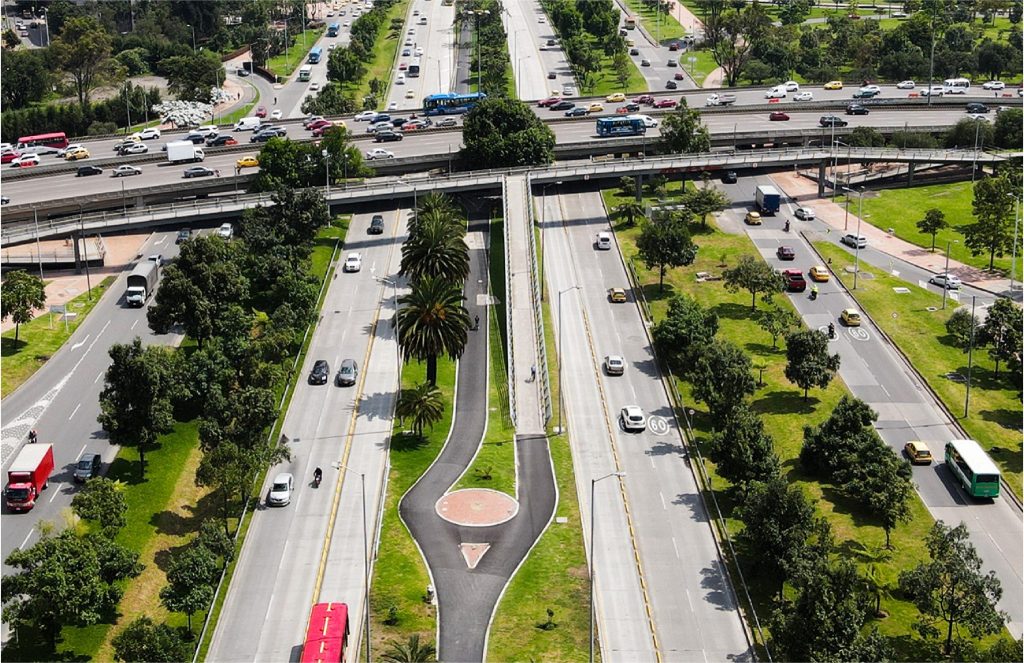
In several Latin American countries, the adoption of electric buses in public transport is one dimension of the broader strategic effort to promote sustainable mobility and achieve emission reductions in the transport sector. Consequently, different studies and scenarios have identified multiple environmental and economic benefits derived from public transport electrification, bolstering the support for this technology, both politically and financially.
To evaluate the impacts of these projects and policies, Policy-makers are required to put in place Monitoring, Reporting and Verification (MRV) schemes, that will allow them to follow the resulting investments and mitigation performance, as well as, to facilitate their scaling and replication.
In the interest of guiding the definition of impact monitoring and evaluation systems for electric bus projects, the TRANSfer Project III in Colombia developed the study “Design of a monitoring, reporting and verification (MRV) system for the National Electric Bus Program in Colombia”, to set the bases to follow the implementation of e-buses systems in the country. The consultancy was part of a series of technical studies financed by the TRANSfer initiative of the German Agency for International Cooperation – GIZ, which has supported the preparation of GHG mitigation actions in different countries of the region.
Considering that this experience offers a valuable body of knowledge to different countries looking into electrification, the Changing Transport Team with MobiliseYourCity prepared “MONITORING, REPORTING, AND VERIFICATION SYSTEMS FOR ELECTRIC BUS PROJECTS”. This methodological guide, which is based on the Colombian experience, considers the most relevant activities when structuring an MRV system.
The document aims to give a complete MRV designing concept, dividing the process in seven segments:
This methodological approach results in MRV system that clarifies and facilitates communication between different levels of public decision makers, leading towards a decisive advancement of bus fleet electrification
